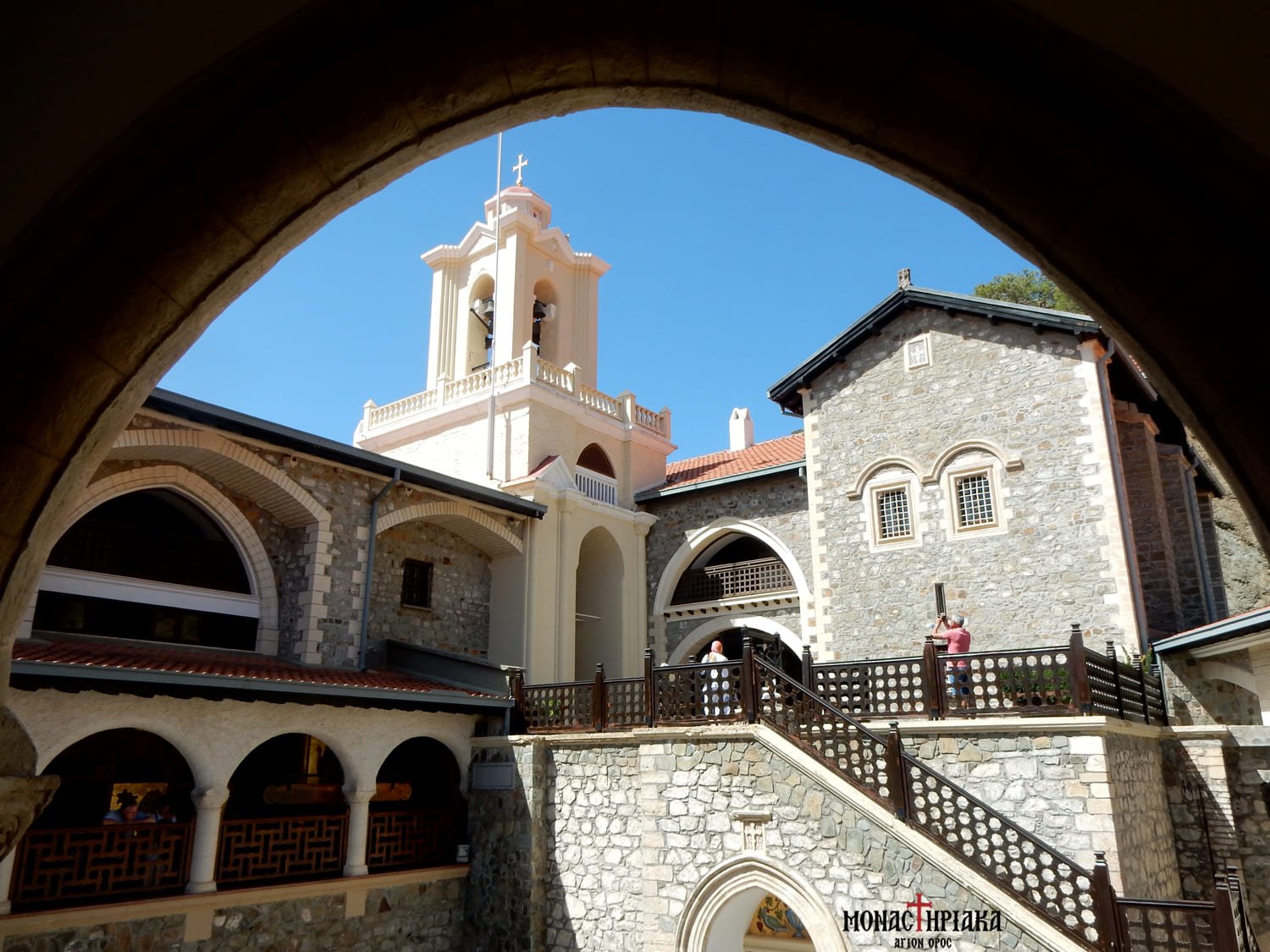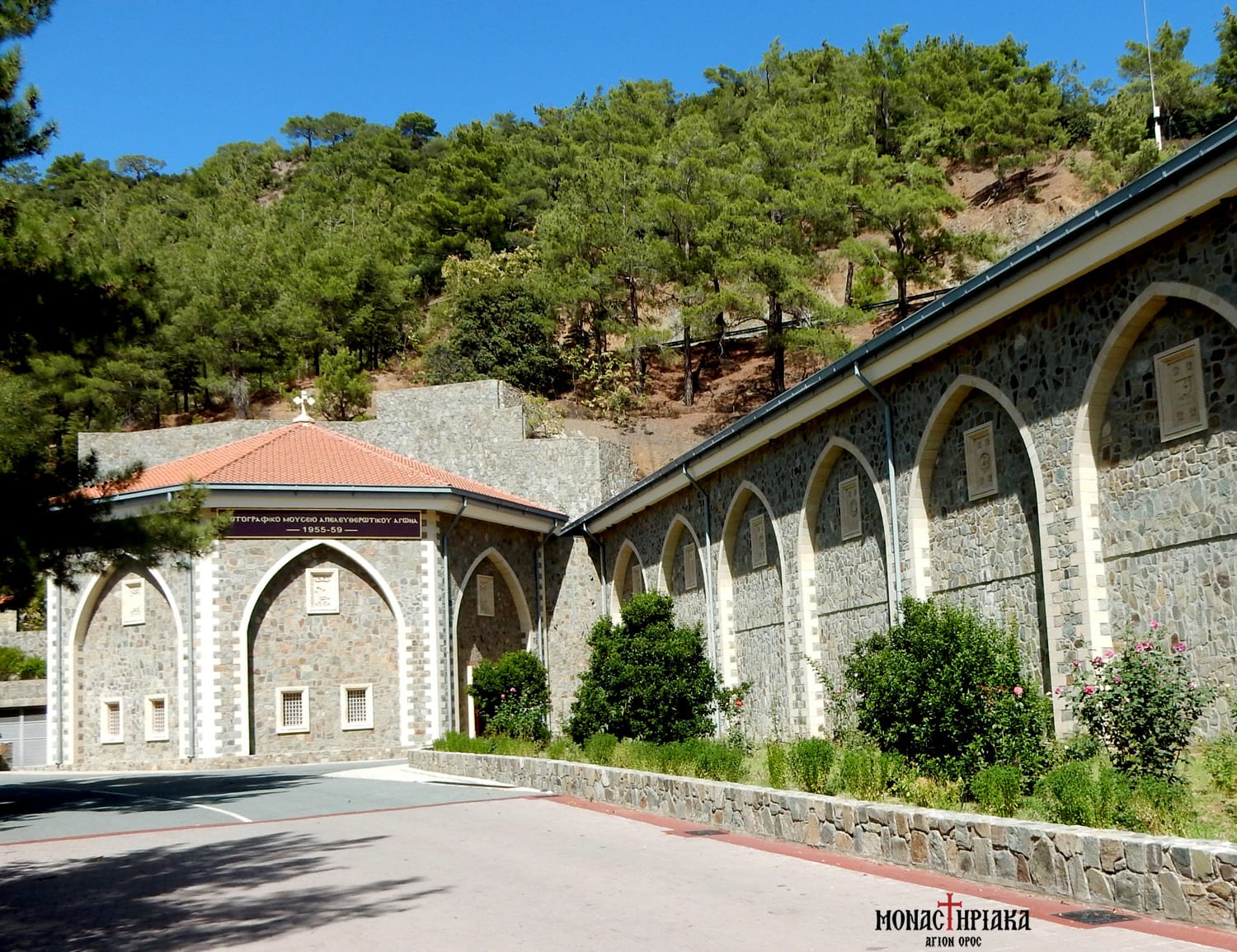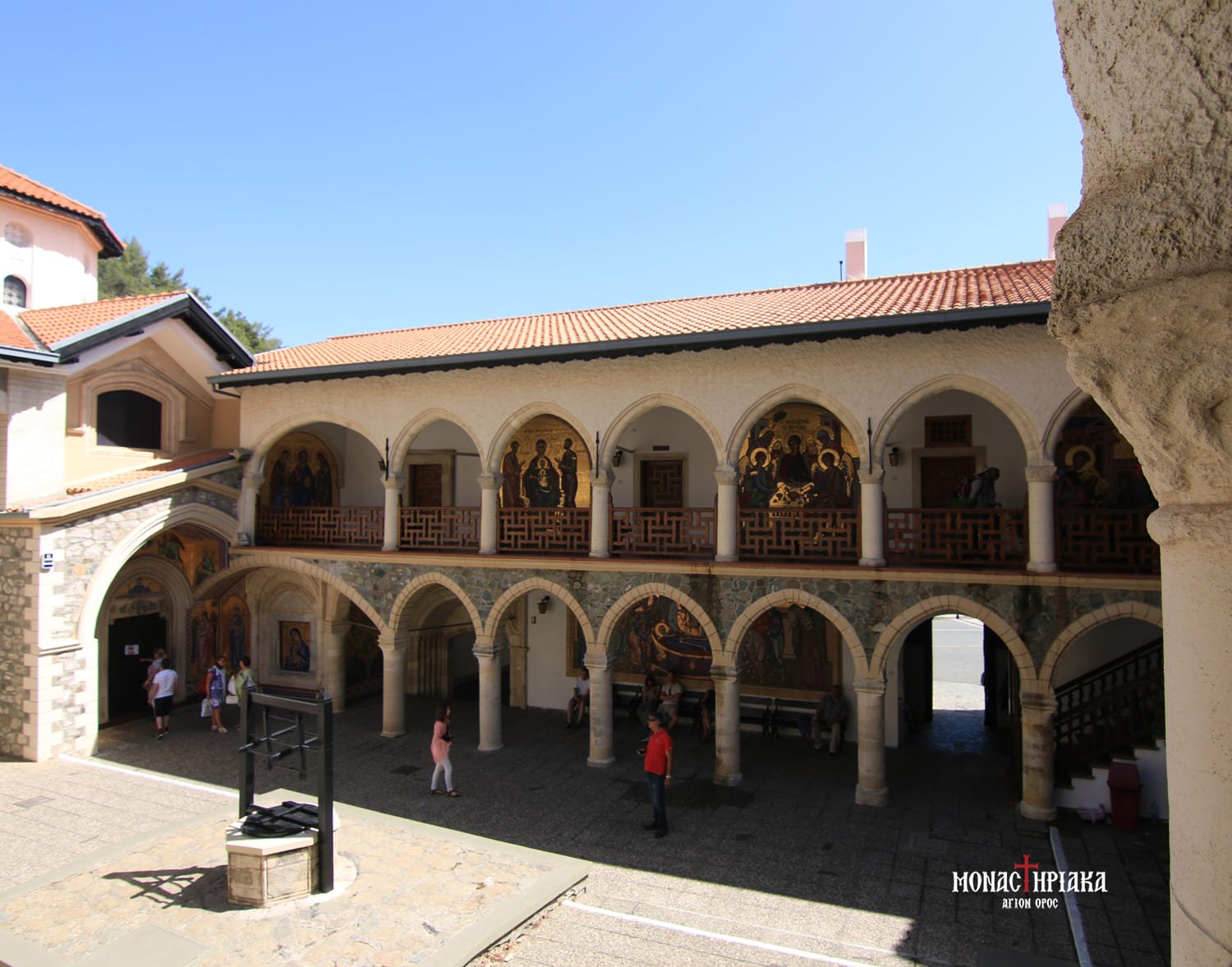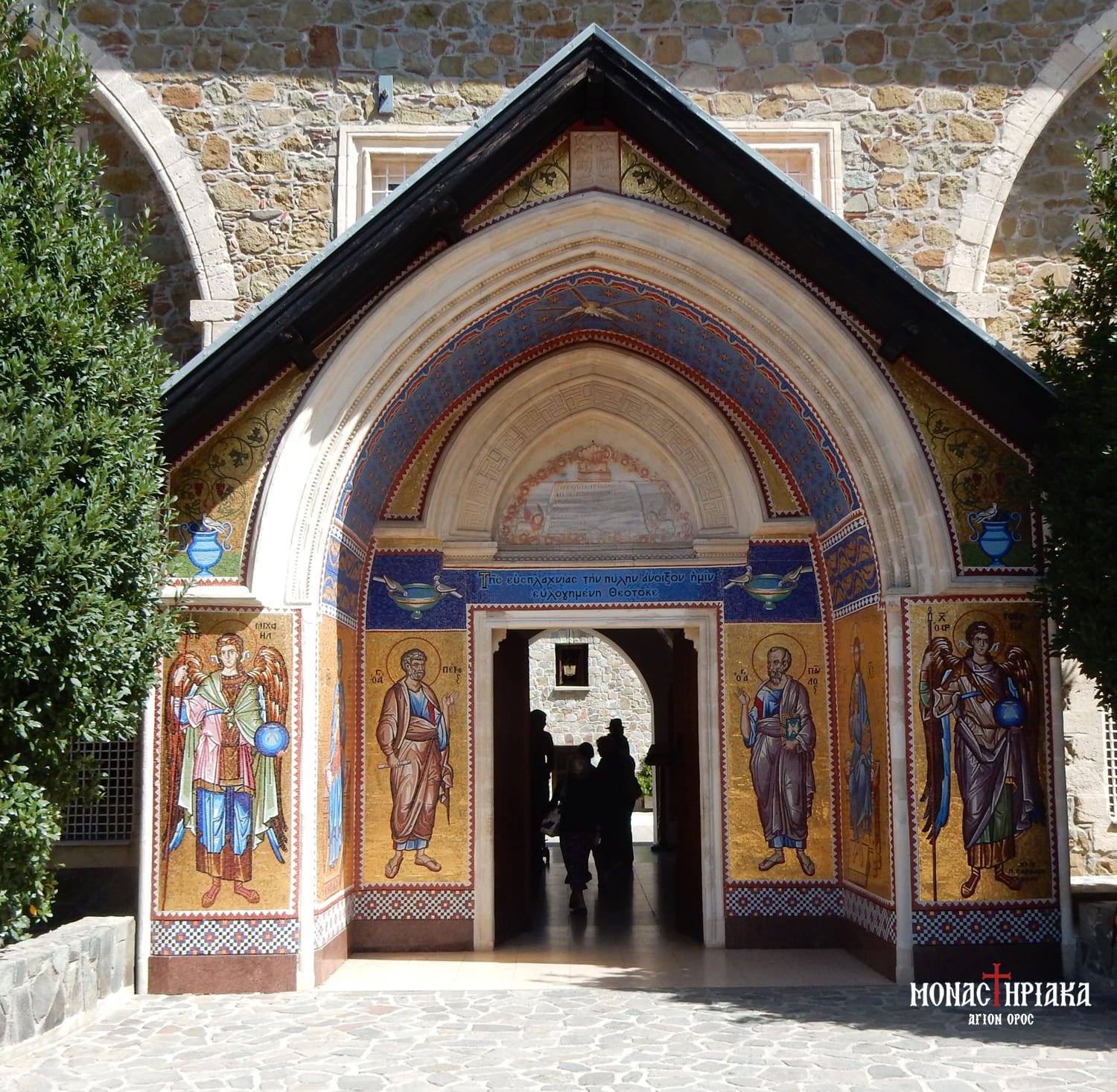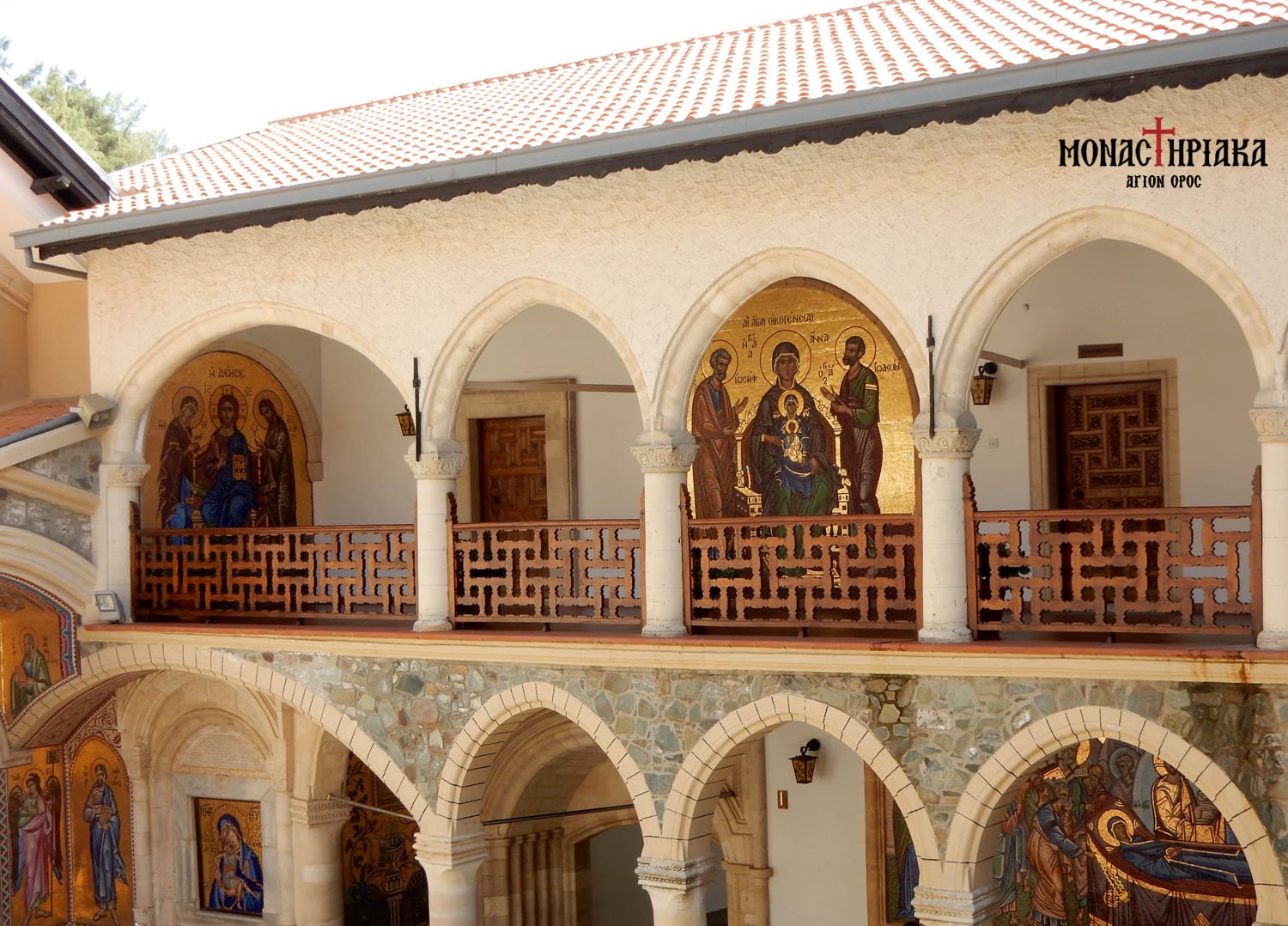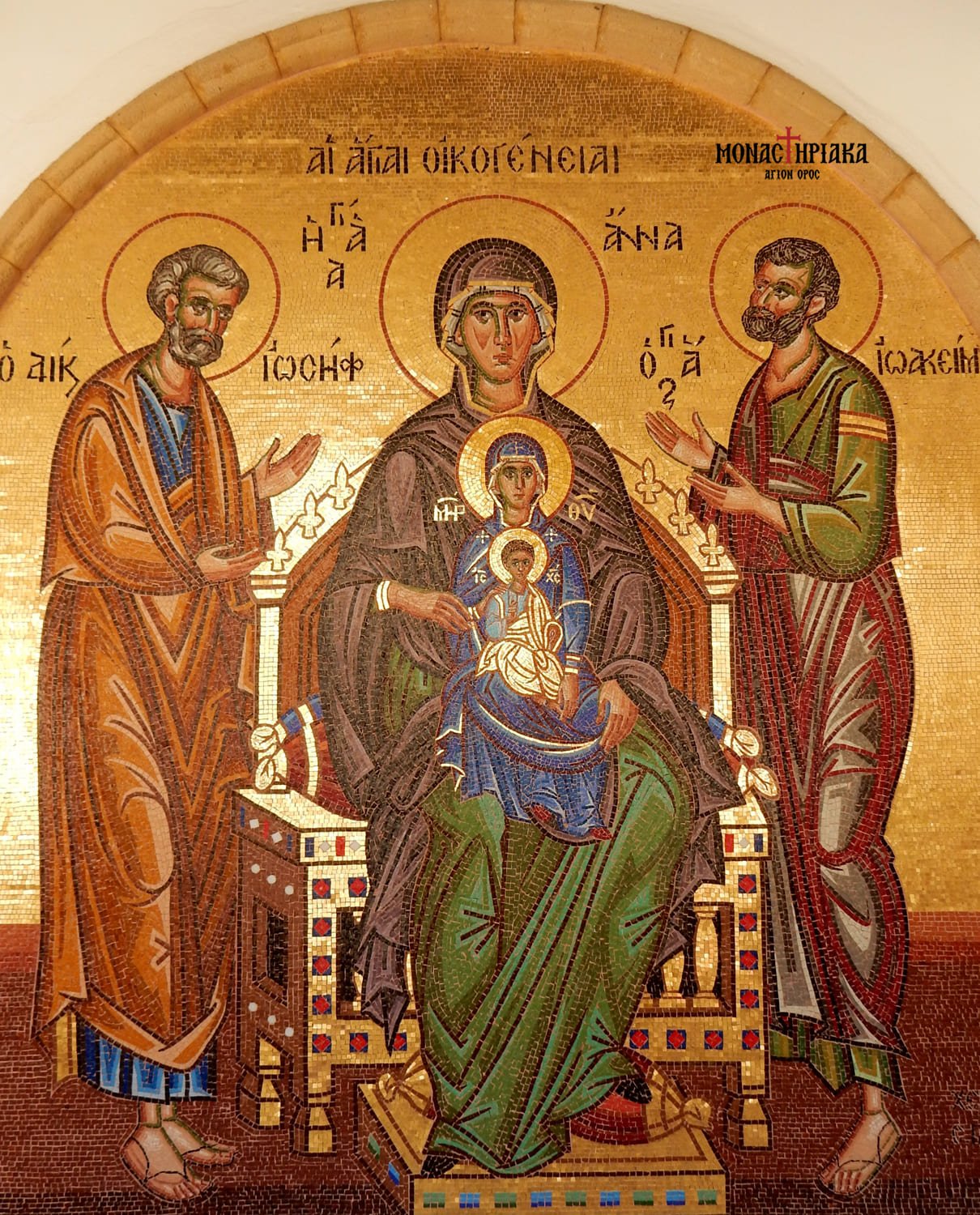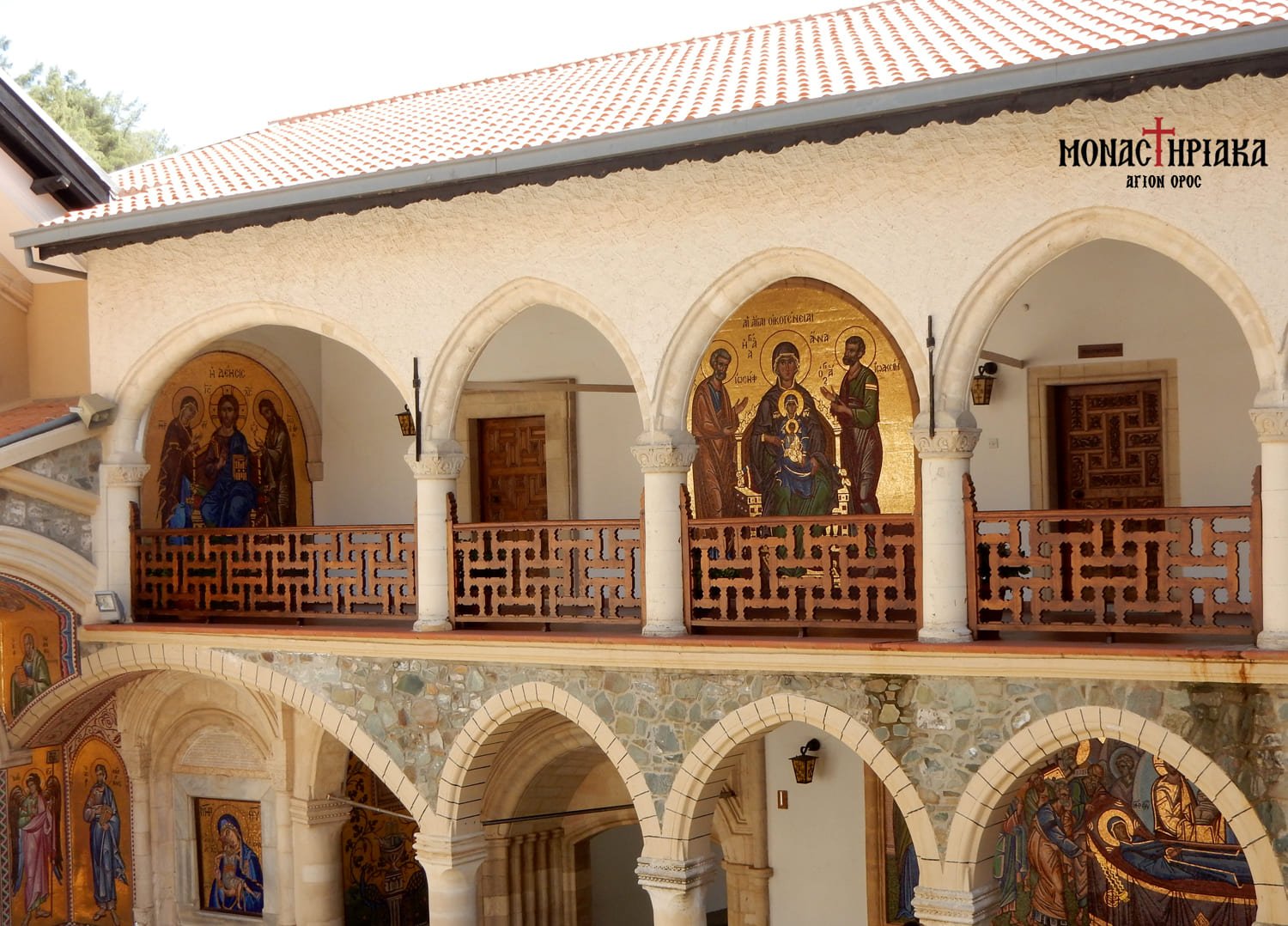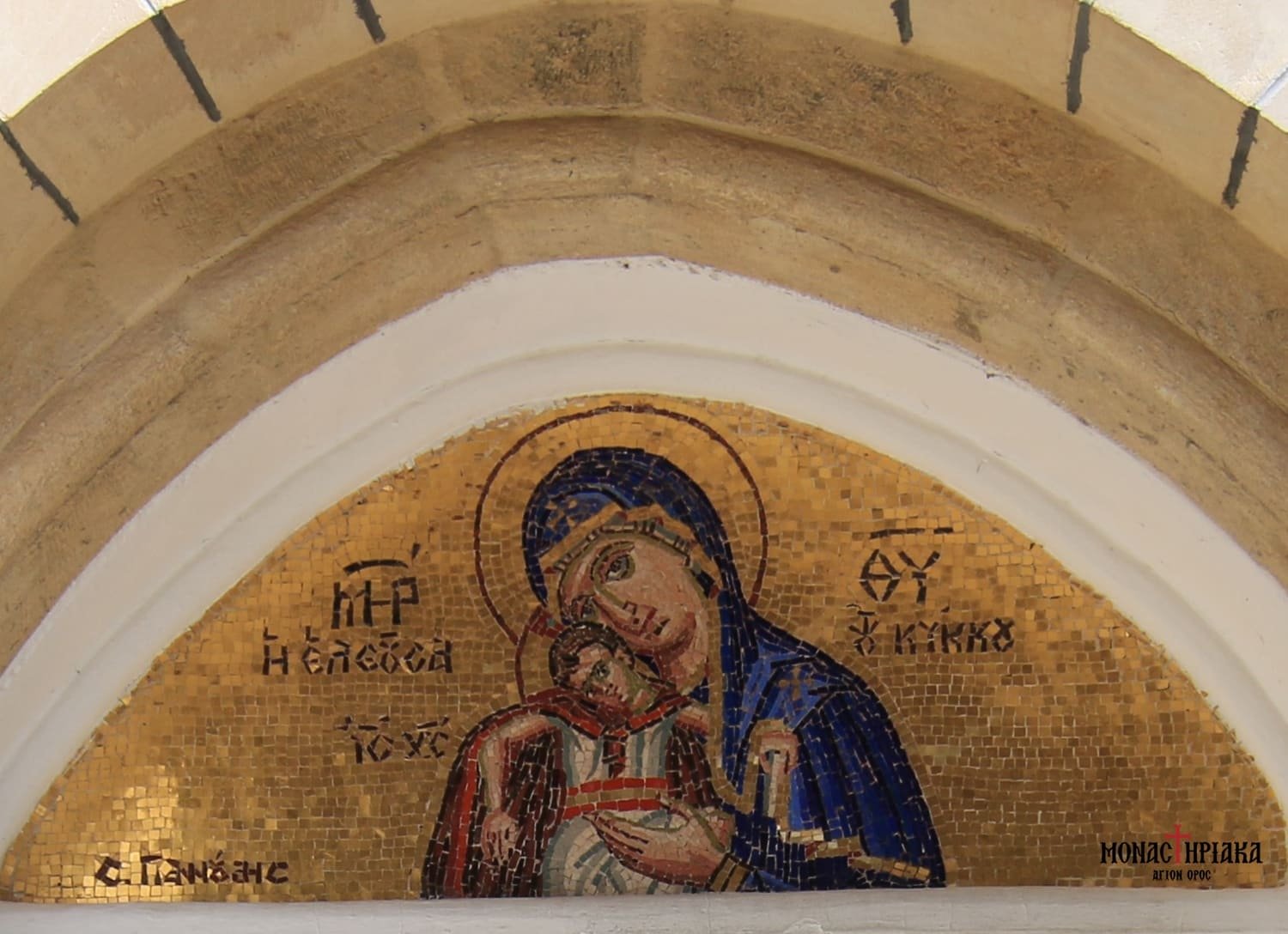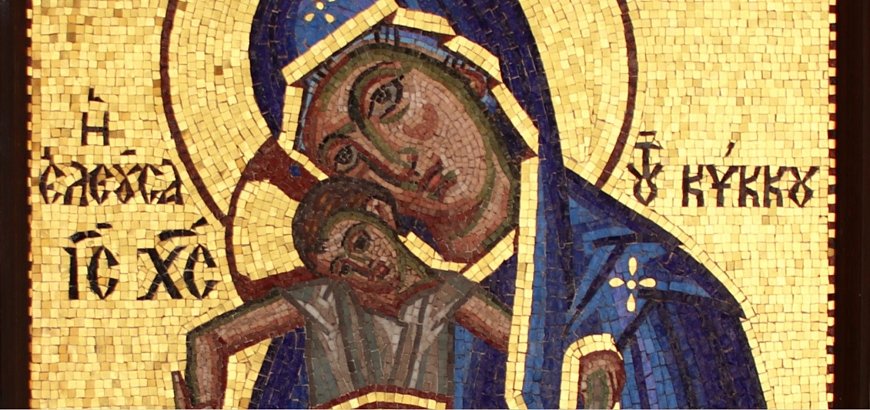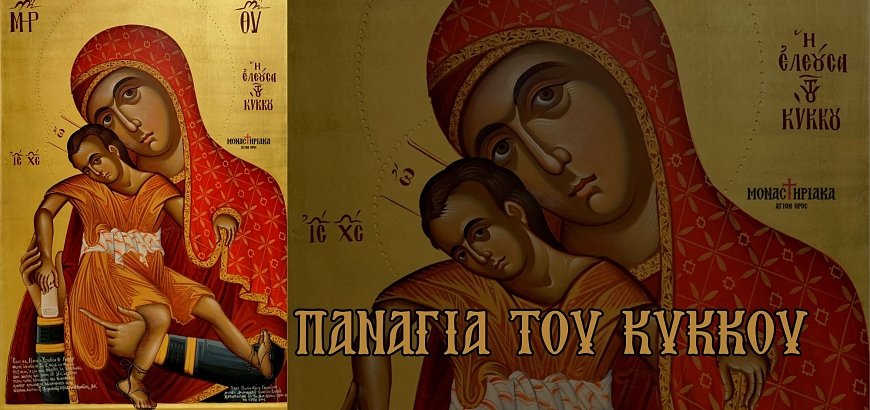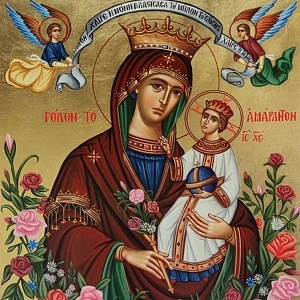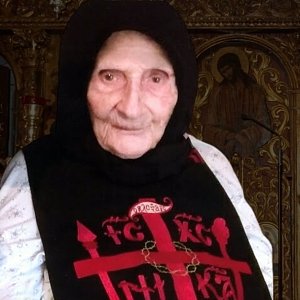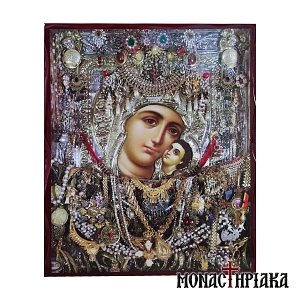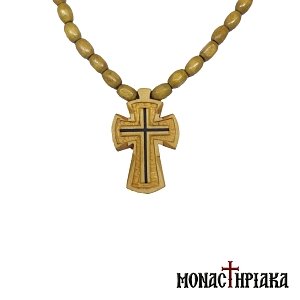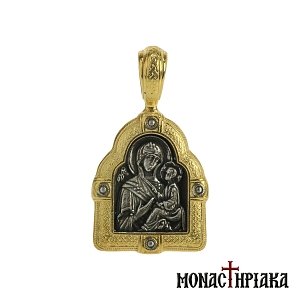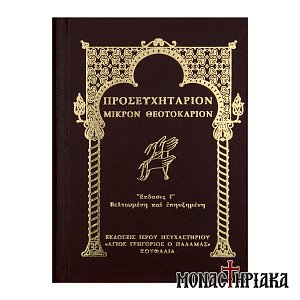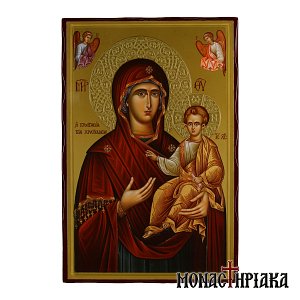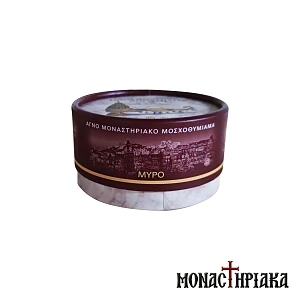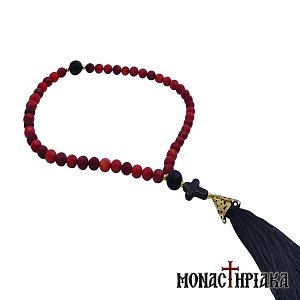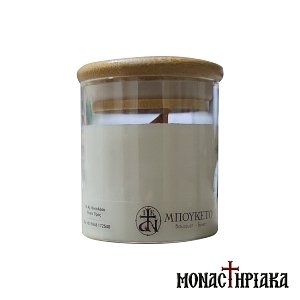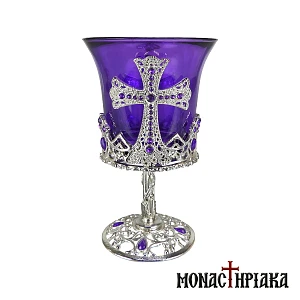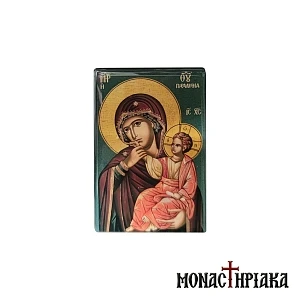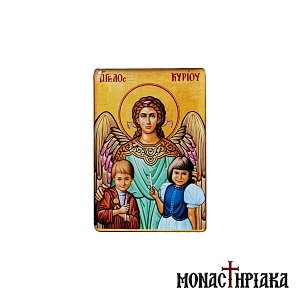The miraculous icon of the Virgin Mary of Kykkos is the work of the Evangelist Luke and stands as one of the paramount pilgrimages of Cyprus and the entire Orthodoxy.
How the Virgin Mary of Kykkos took her name
The name of the Virgin of Kykkos derives from the Kykkos Monastery, to which she belongs today. The Patriarchal Stavropegic Monastery is situated on the western side of the Troodos mountain range, 18 kilometers from Mount Olympus, at an elevation of 1200 meters.
The Kykkos Monastery serves as the "Residence" of the Virgin Mary of Kykkotissa, whose presence is felt through her numerous miracles.
The story behind the miraculous icon of the Virgin of Kykkos
According to tradition, around 1100 AD the Byzantine Commander of Cyprus, Ruler Manuel Boutoumites or Butumites (Greek: Μανουὴλ Βουτουμίτης, fl. 1086–1112) went for hunting but was lost in the Troodos forests. After wandering for a long time, he met an old hermit, named Isaiah.
The hermit who shunned everything worldly, practiced strictly in unceasing prayer and did not allow anyone to spoil his contact with the Lord, even if he was the local ruler. This attitude of Isaias seemed disrespectful to Manuel Voutomitis, as a result of which he severely punished him.
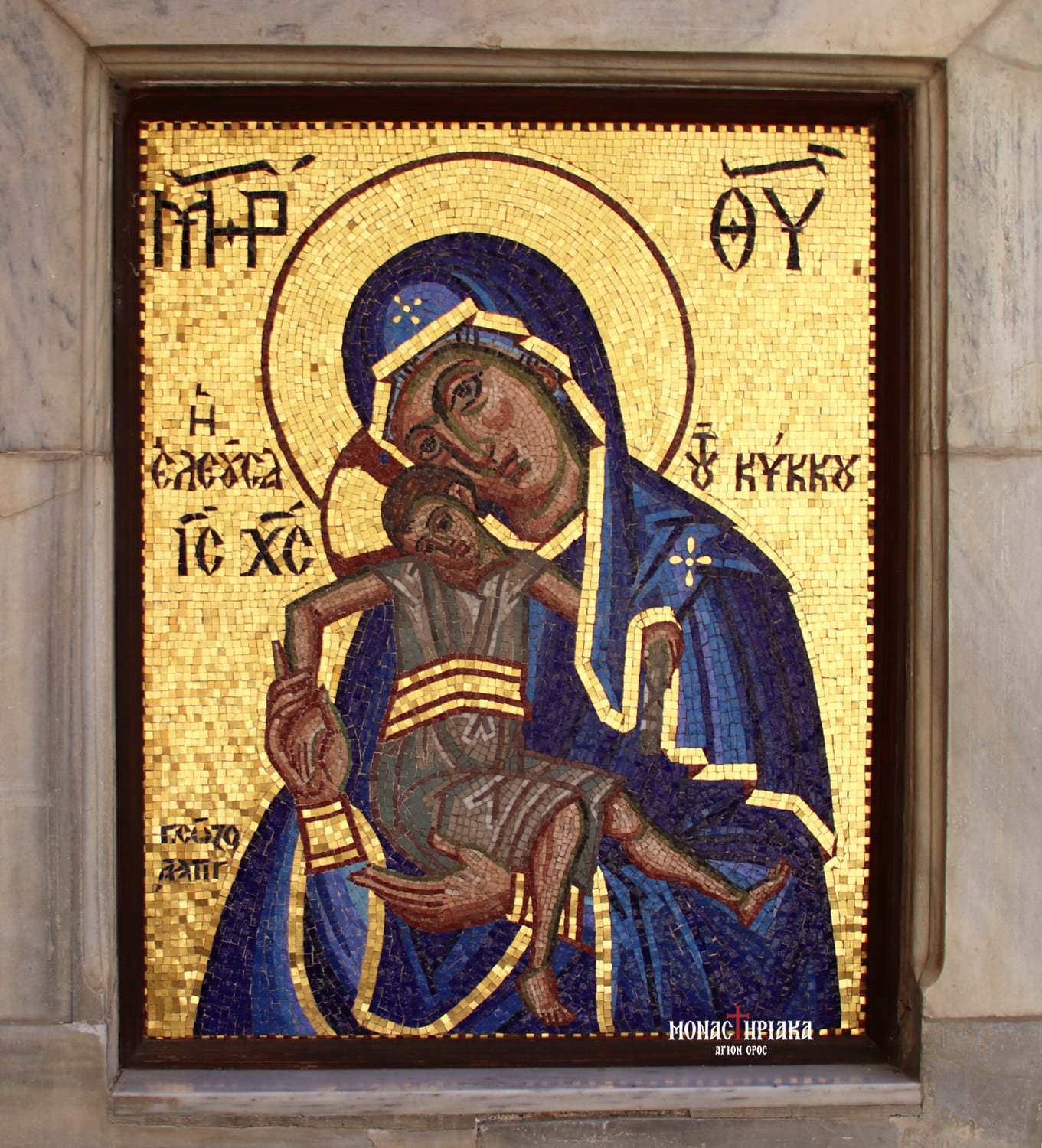
The return to Cyprus and the illness
Then, Boutoumites found his way and returned to Nicosia, where he fell severely ill. Therefore, he considered that his illness was a result of the punishment to the old ascetic Isaiah and ordered his servants to find him, so that he could ask for his forgiveness.
When they led him in front of him, Boutoumites apologized with humility to the elderly monk. Then, in response, Isaiah prayed for the lord's healing.
Soon, Boutoumites felt better and promised to Isaiah that he would give him whatever he would ask for. Isaiah asked as a favor that the Theotokos icon of the Evangelist Luke be transferred from Constantinople to Cyprus.
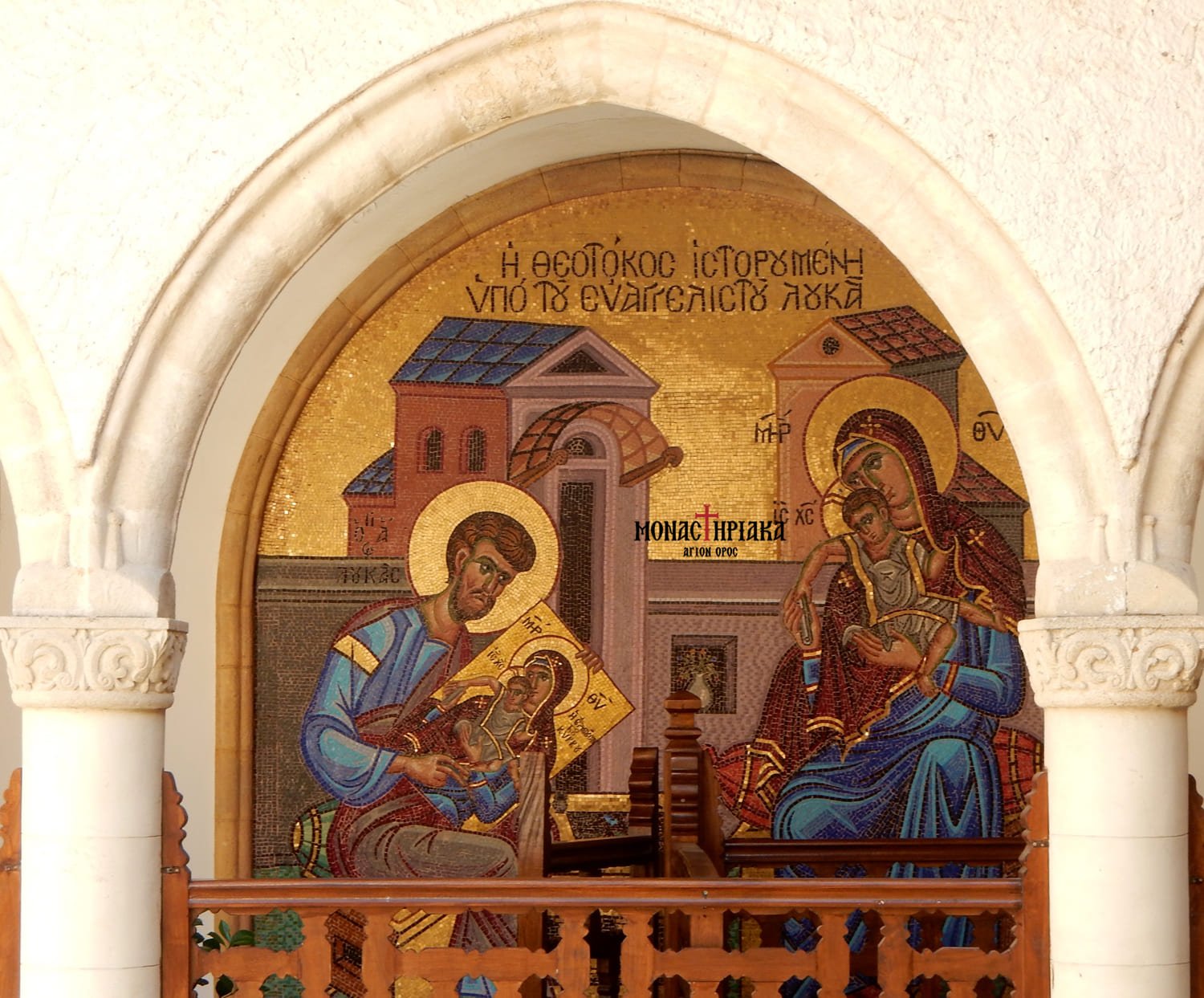
Find here icons of the Evangelist Luke.
The Byzantine governor hesitated, fearing it would be impossible to convince the emperor of Byzantium Alexios Komninos to grant the Holy icon of Theotokos that was kept in the palace. However, Boutoumites departed for Constantinople with the old hermit.
Upon meeting King Alexios, they requested the icon of the Virgin of Kykkos, but he firmly refused. After this event, the governor’s only daughter fell severely ill with the same illness that Boutoumites was affected.
The hermit Isaiah, after a fervent request from the emperor, healed his daughter. In light of this event, King Alexios decided to donate the sacred icon of the Virgin of Kykkos, yet his hesitations prevented him once again.
At that point, Boutoumites and Isaiah explained to the emperor that it was God's will to bring the Holy Icon to the Troodos Mountains. He considered this apostolic icon to be a great heirloom, thus it was unbearable for him to part with it.
Only when he was hit by the same sickness, he realized that it was a divine commandment to give the icon. In fact, he not only handed over the holy icon, but also gave the money needed to build the monastery, in which the icon was placed.
How the icon of the Virgin Mary was transferred to Cyprus miraculously
The hermit Isaiah, with great pride and joy, carried the icon of the Virgin of Kykkos to Cyprus and reached the Troodos mountains, together with the excited crowd of Christians who accompanied him.
It is said that in this miraculous event of the transfer of the holy icon, nature participated itself. Bent pine trees and washed-up shells were among the manifestations of nature's reception of the icon of the Virgin Mary of Kykkos.
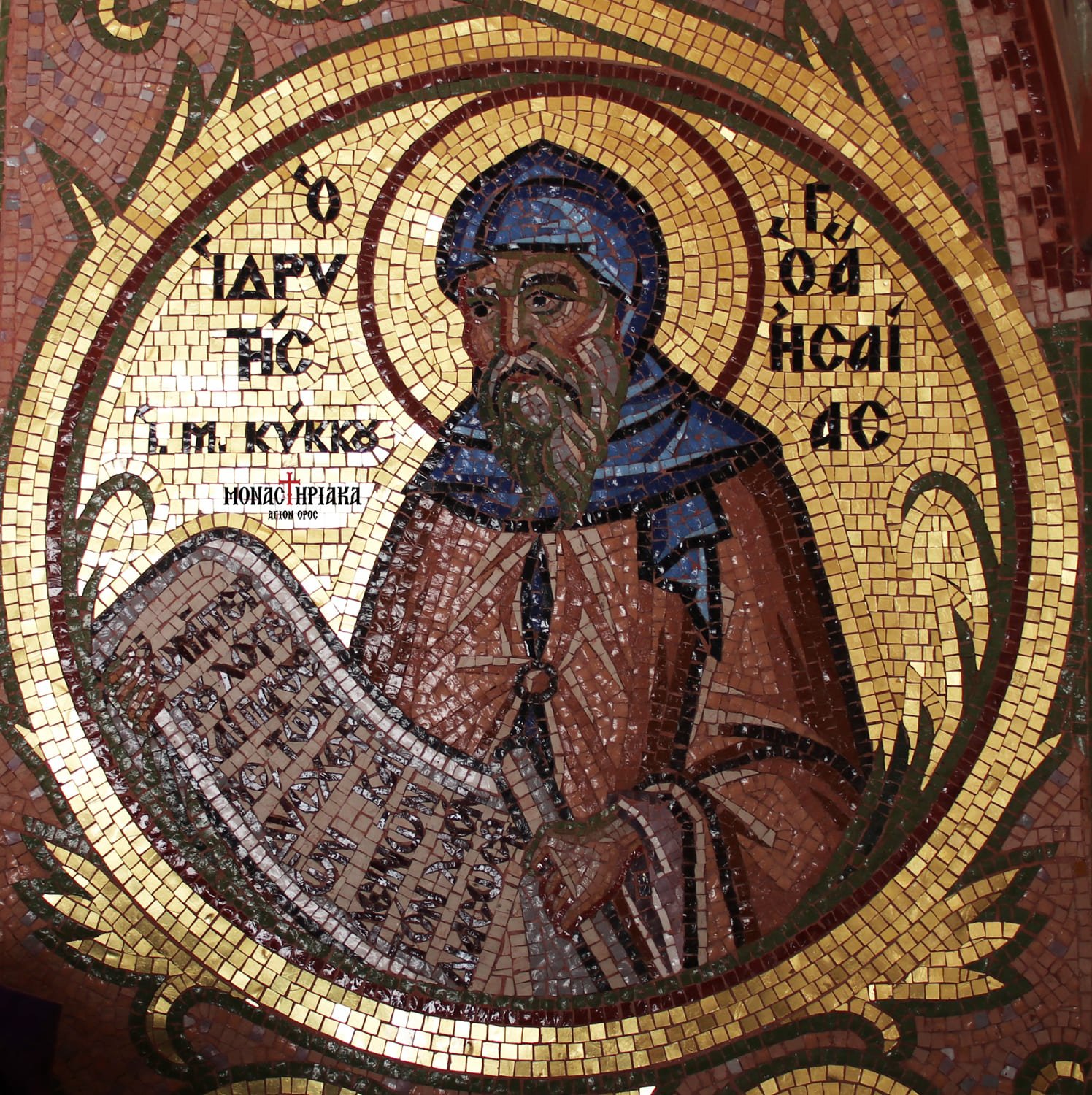
The Kykkos Monastery in Cyprus
At the same time, the Boutoumites arrived on the island and handed over to Isaiah the imperial chrysobulls (golden bulls), which proclaimed the Monastery to Stavropegic. The maintenance of the Monastery would be made by the financial support of the villages of Peristerona, Milon and Milikouri.
The earliest existing historical record of Kykkos is a document of 1136 and relates to the purchase of the bible by the abbot Daniel of that time. The rest of the information about the first years of the monastery's life and the Byzantine period are derived from references to later texts.
Although the testimonies are indirect, they bear witness to the significant influence of the Monastery on the spiritual life of the region. A characteristic example is the iconography based on the Virgin of Kykkos, which is preserved to this day in Sinai and Southern Italy.
